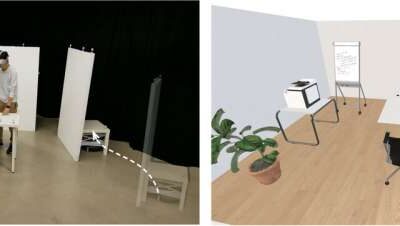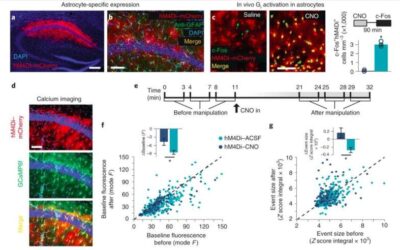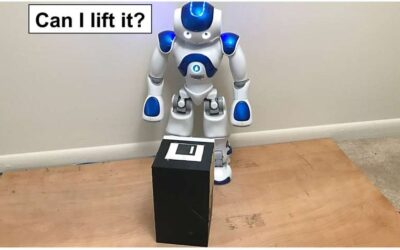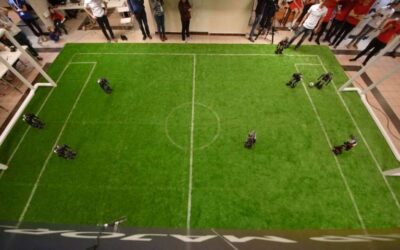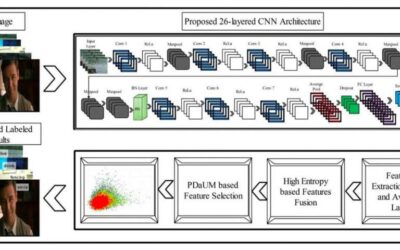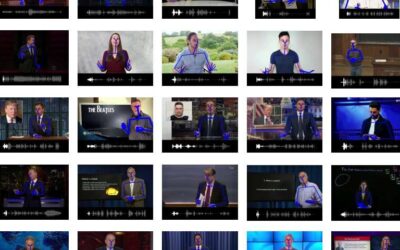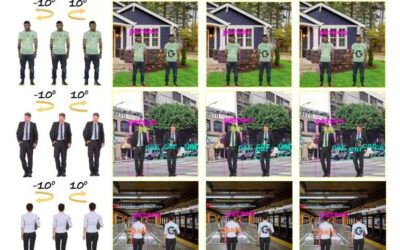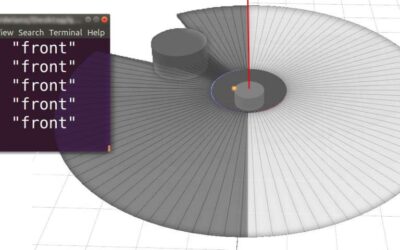Researchers at University of Colorado Boulder's ATLAS Institute have recently created RoomShift, a haptic and dynamic environment that could be used to support a variety of virtual reality (VR) experiences. This new haptic environment, introduced in a paper...
Computer Sciences
A deep learning model achieves super-human performance at Gran Turismo Sport
Over the past few decades, research teams worldwide have developed machine learning and deep learning techniques that can achieve human-comparable performance on a variety of tasks. Some of these models were also trained to play renowned board or videogames, such as...
A quantum-inspired framework for video sentiment analysis
Automatically identifying the overall sentiment expressed in a video or text could be useful for a wide range of applications. For instance, it could help companies or political parties to screen large amounts of online content and gain insight on what the public...
A technique allows robots to determine whether they are able to lift a heavy box
Humanoid robots, those with bodies that resemble humans, could soon help people to complete a wide variety of tasks. Many of the tasks that these robots are designed to complete involve picking up objects of different shapes, weights and sizes.
A heuristic search algorithm to plan attacks in robotic football
Robots have gradually been making their way into a variety of fields and settings, including sports competitions. Robotic football, or soccer, is an innovative version of soccer in which human players are replaced by robots.
A 26-layer convolutional neural network for human action recognition
Deep learning algorithms, such as convolutional neural networks (CNNs), have achieved remarkable results on a variety of tasks, including those that involve recognizing specific people or objects in images. A task that computer scientists have often tried to tackle...
Mix-StAGE: A model that can generate gestures to accompany a virtual agent’s speech
Virtual assistants and robots are becoming increasingly sophisticated, interactive and human-like. To fully replicate human communication, however, artificial intelligence (AI) agents should not only be able to determine what users are saying and produce adequate...
Fooling deep neural networks for object detection with adversarial 3-D logos
Over the past decade, researchers have developed a growing number of deep neural networks that can be trained to complete a variety of tasks, including recognizing people or objects in images. While many of these computational techniques have achieved remarkable...
A method to predict the properties of complex quantum systems
Predicting the properties of complex quantum systems is a crucial step in the development of advanced quantum technologies. While research teams worldwide have already devised a number of techniques to study the characteristics of quantum systems, most of these have...
Using a quantum-like model to enable perception in robots with limited sensing capabilities
Over the past few years, researchers have been trying to apply quantum physics theory to a variety of fields, including robotics, biology and cognitive science. Computational techniques that draw inspiration from quantum systems, also known as quantum-like (QL)...

